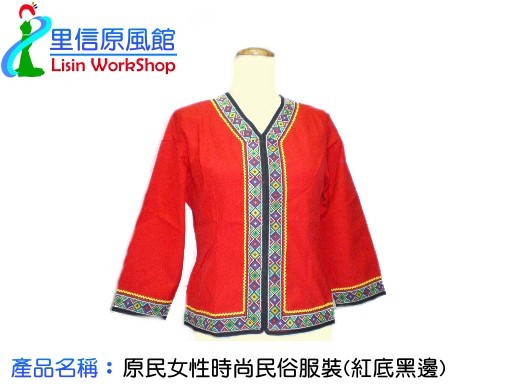2005年,里信受邀參加花蓮縣文化局及吉安鄉邀請『2005原味魔法舞動衣時尚服裝秀』 ,這是花蓮縣首次邀請部落工藝師參與服裝秀,身為阿美族的青年,里信知道這是一個值得讓阿美族服飾發揚光大的機會。

織布機的橫豎,流動的線條反應了時代及情感的經緯線,里信代表著阿美族部落文化幾百年來的智慧及心血,交織出的部落情感,也幻化出一件件記憶的文化傳承。
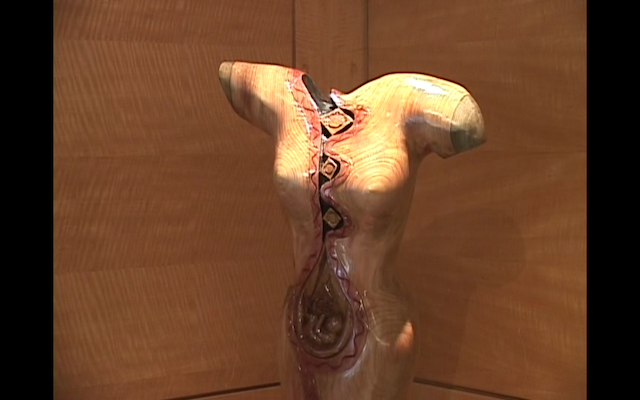
還有一件事,就是讓母親穿上一件美麗的阿美族服裝。這一直是里信最希望成真的夢想。隨著里信長大,夢想已經逐漸跑向她,抓住夢想的是,她除了看見母親穿上美麗的改良族服,她的衣服也即將隨著時代的演進,將她記憶中紅色,展現在伸展台上。
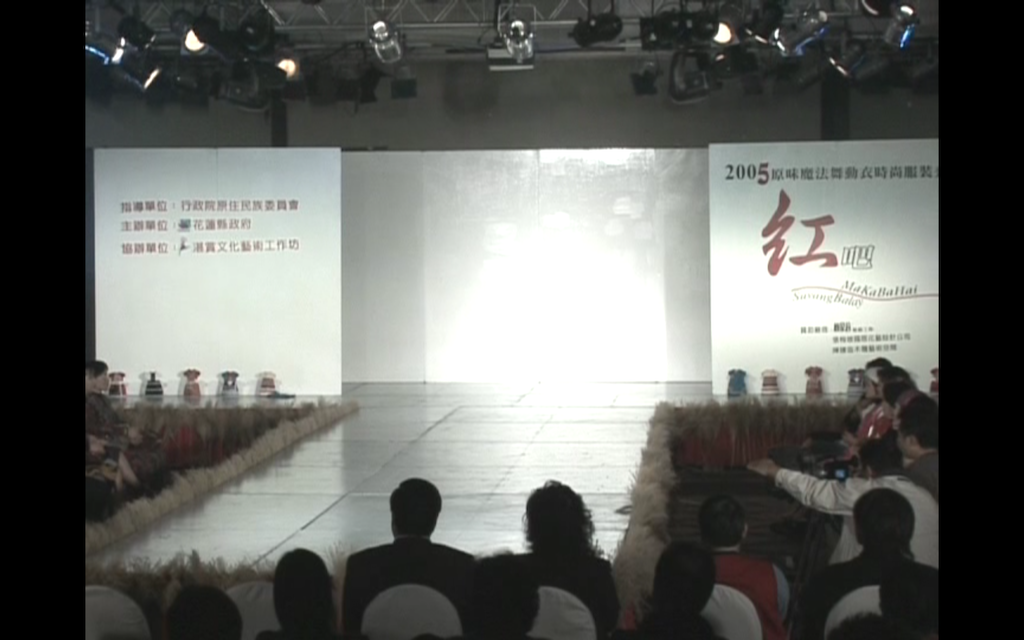
期待嗎?我們一起來欣賞她的作品!
第一套服裝:太陽的女兒(Daughter of the Sun)
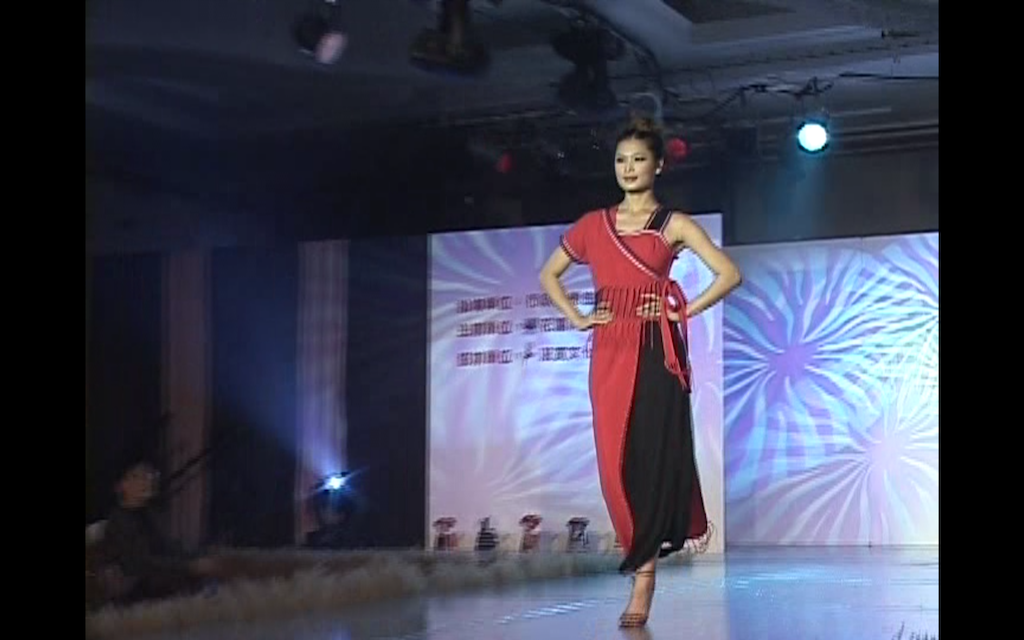
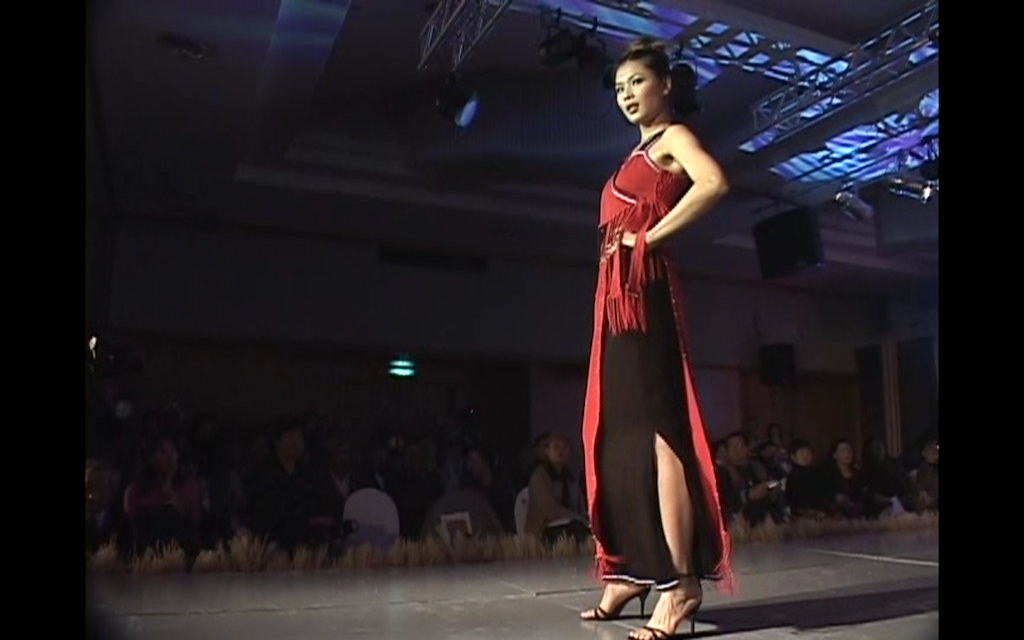
這套是初代“太陽的女兒”作品,記憶的紅色是阿美族的主色。阿美族是母系社會,這也反應母親是太陽的形象,光照的大地及海洋。黑色是尊貴的象徵,是傳承的責任,過去的婦女一旦兒女長大,功成名就或有一番作為,年長的婦女就將族服轉換成黑色,表示無愧於家族。黑色與紅色交錯,流蘇線條的擺動,象徵者族群文化的閃亮,綿延不絕的流傳。
第二套服裝:大地之母(Mother Earth)
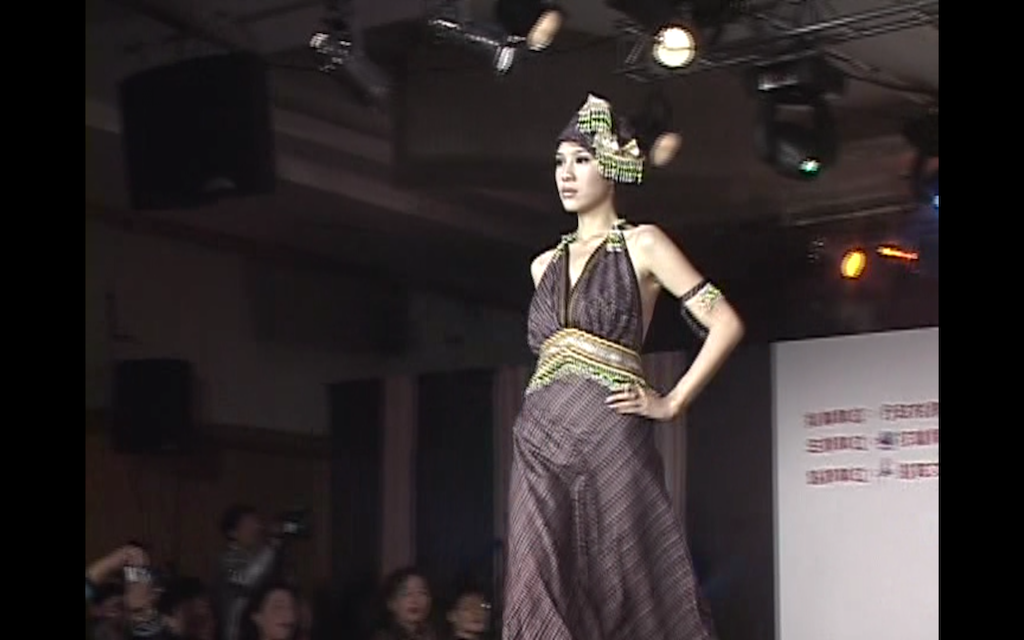

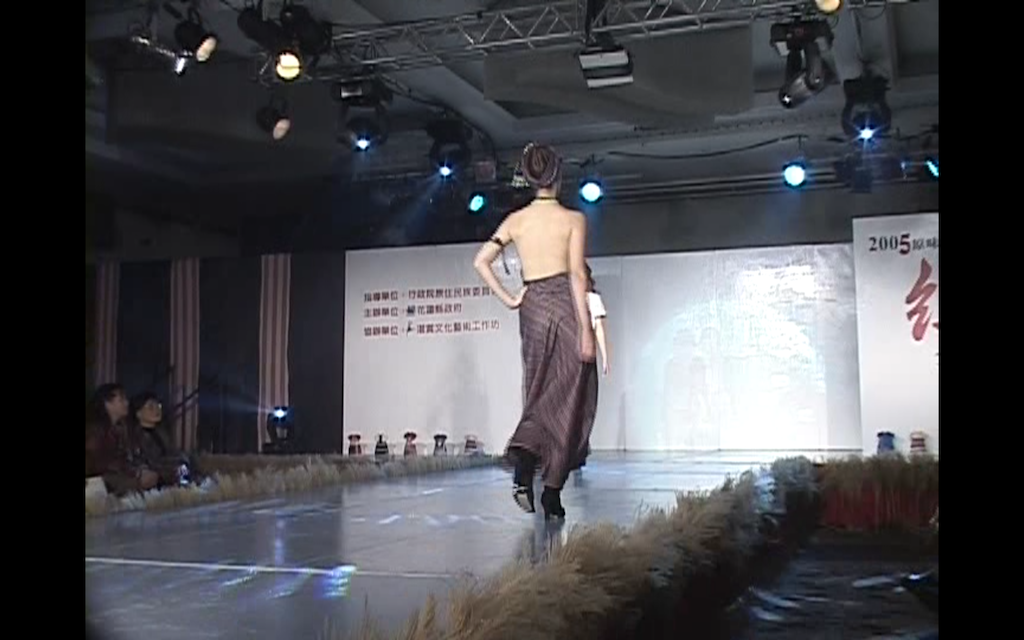
將頭髮繫好,用黑色布巾包裹起來,頭上可以擺放陶瓷等以利搬運,這是很多南島民族會有的習性。里信從小看到婦女將陶瓷容器裝野菜或漁獲走動,讓他有了製作這套大地之母的服裝。利用圖騰布料,搭配華麗的垂珠流蘇,腰際上的圖騰是裹腰,代表孕育及責任,期待兒女像大地一樣孕育萬有,關懷子女及家庭。
第三套服裝:太陽的舞者(Dancer of the Sun)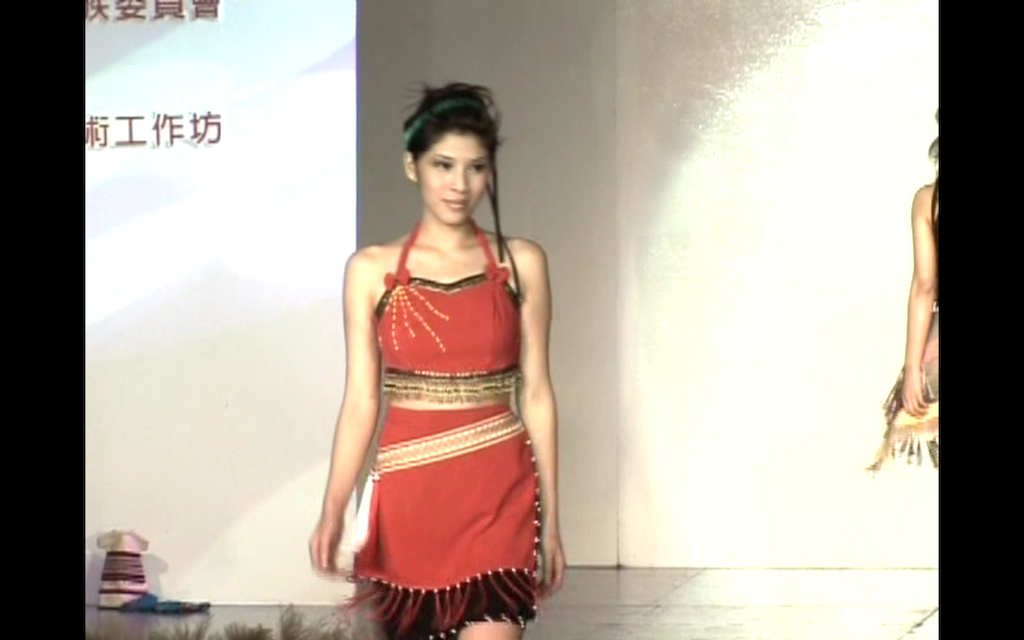

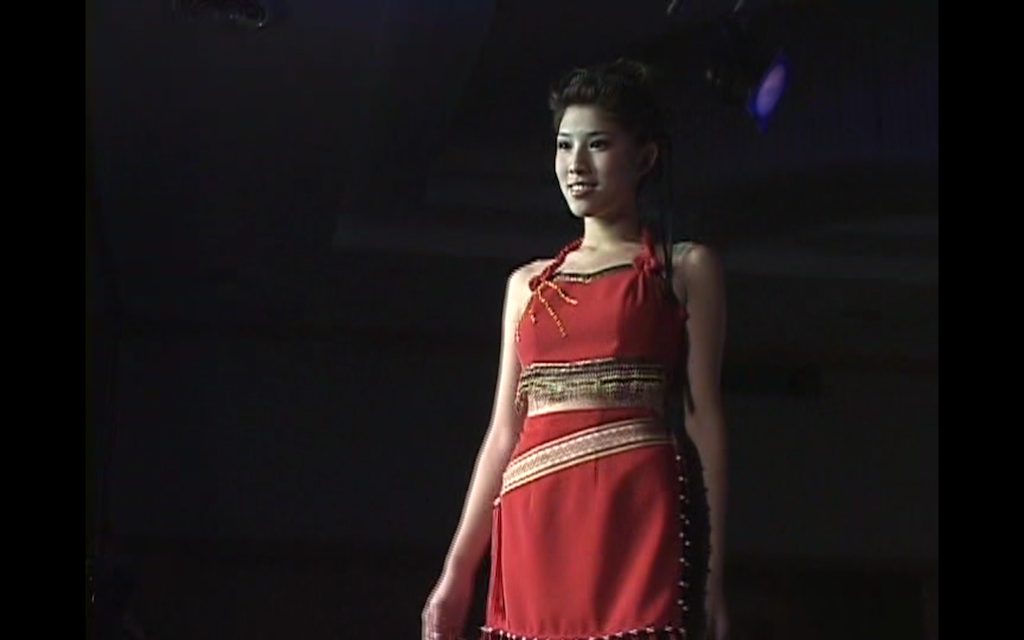
這套相較第一套來說,相較活潑許多 ,擺脫許多束縛,展現阿美族女兒稚嫩且純真的一面。頭上戴著象徵大地恩惠的頭圈,胸前的陽光及腰際上的垂珠流蘇,宛如光在大地能盡情跳舞,沒有一處不被陽光而溫暖照射。短裙下的流蘇搭配珠珠的裝飾,像腳踩大地,腳踏實地的勞苦下仍能開心喜悅,反應太陽的兒女樂天知命的一面。腰間的圖騰腰帶由右斜上左側,除了仍代表使命必達外,仍有上天庇蔭之意。過去部落有基督教宣教師來台灣時,受到教義的薰陶,里信明白聖經的一個道理:「祂會給你們開一條出路,使你們能忍受得住。」(林前10:13),在困苦的環境中,仍舊能開心的舞動真實的自我!
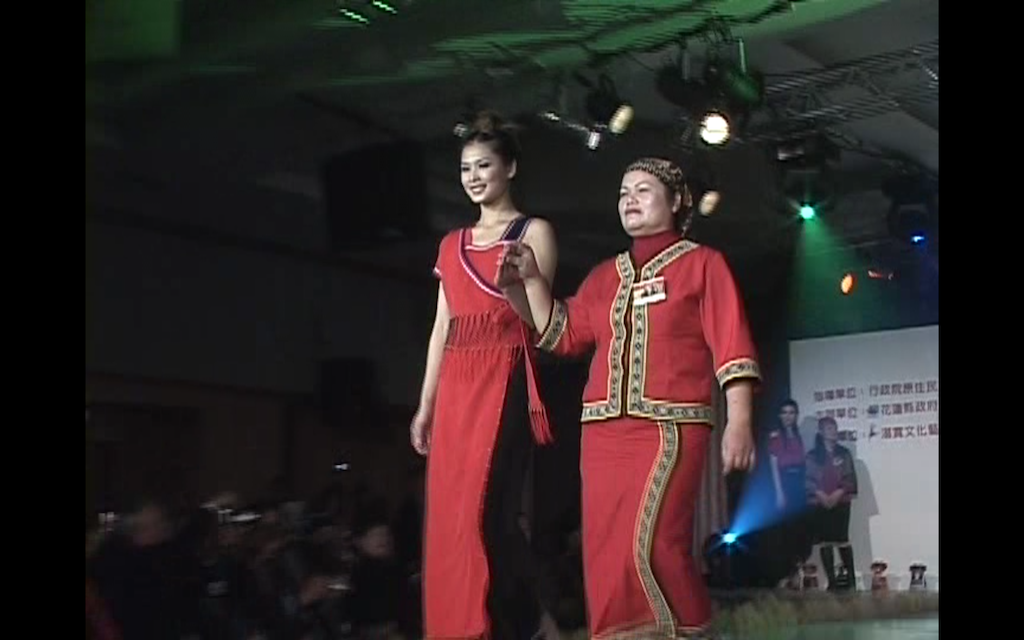
里信上台接受表揚。她深知過去的這些經歷到現在,可以完成第一次的受獎,讓大家感受阿美族服飾文化之美,於有榮焉。期待未來有更多後進,前仆後繼,一同為我族文化盡一份心力!
里信芭閣娜,下期繼續挖掘她的故事。
(本文圖片翻拍於活動紀念影片,已經主辦單位同意使用,下載、公開使用請徵求工坊意願!)
In 2005, Lisin visited the Red Bar Fashion Show
Lisin was invited to participate in the "2005原味魔法舞動衣時尚服裝秀" Fashion Show organized by the Hualien County Cultural Bureau and Ji'an Township. This was the first time that tribal artisans were invited to take part in a fashion show in Hualien County. As a young member of the Amis tribe, LiShen recognized this as an opportunity to promote and showcase Amis's indigenous clothing.
The weaving machine's horizontal and vertical movements reflect the threads of time and emotions. Lisinn represents the wisdom and efforts of the Amis tribe's cultural heritage, weaving together tribal emotions and memories of cultural inheritance.
One thing that has always been a dream for Lisin is to see her mother wearing a beautiful Amis traditional costume. As Lisin grew up, her dream gradually came true. Besides seeing her mother wearing a modified and beautiful indigenous outfit, LiShen's creations evolve with the changing times, showcasing the red color that remains vivid in her memories on the runway.
First: Daughter of the Sun
This is the original "Daughter of the Sun" collection, where the memory of red is the primary color of the Amis tribe. As the Amis people follow a matrilineal society, this reflects the image of the mother as the sun shining upon the land and the ocean. Black symbolizes nobility and the responsibility of inheritance. In the past, once the children of women grew up and achieved success or made significant contributions, older women would transition their tribal clothing to black, symbolizing pride in their family. The interplay of black and red and the swaying fringes represents the sparkling of tribal culture and its continuous transmission.
Second: Mother Earth
The hair is tied and wrapped in a black cloth, allowing ceramic objects to be placed on top for easy transportation, a common practice among many Austronesian peoples. Lisin witnessed women carrying ceramic containers filled with wild vegetables or fish, inspiring her to create this Mother Earth costume. Utilizing patterned fabrics and exquisite beaded fringes, the waistband represents fertility and responsibility, hoping that children, like the Earth, will nurture and care for all things and their families.
Third: Dancer of the Sun
Compared to the first ensemble, this one exudes much more liveliness, breaking free from many constraints and showcasing Amis women's youthful and innocent side. Wearing a headband symbolizing the blessings of the Earth, with the sun on the chest and beaded fringes at the waist, it is as if the light is dancing joyfully on the Earth, bringing warmth to every corner. The fringe and bead decorations beneath the short skirt symbolize stepping firmly on the ground, finding happiness and joy amidst hard work, reflecting the carefree and accepting nature of the sun's children. The diagonal waistband symbolizes the fulfillment of their mission while also representing divine protection. In the past, when Christian missionaries came to Taiwan, they influenced the local tribes with their teachings. Lisin understands the biblical truth: "He will not let you be tempted beyond what you can bear" (1 Corinthians 10:13). Even in challenging circumstances, one can still dance joyfully and express their true self.
Lisin goes up on stage to receive recognition. She deeply appreciates the experiences that have brought her to this point, allowing her to receive her first award and share the beauty of Amis's indigenous clothing with others. She looks forward to more successors, carrying the torch and contributing to our tribal culture.


